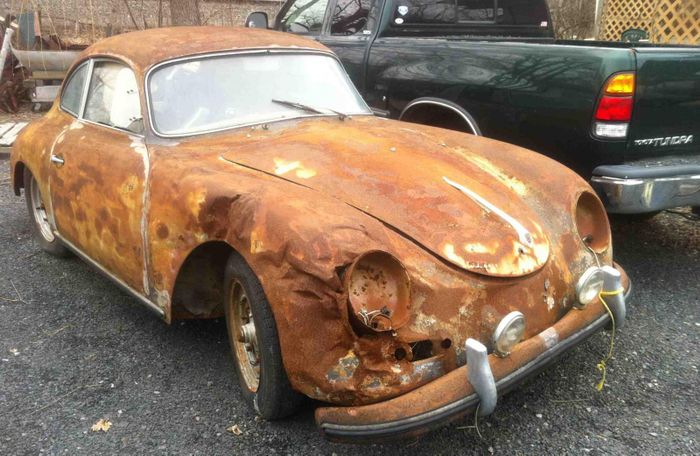We all have that dream car that we’d love to restore. Whether you’re a fan of classic luxury vehicles, or classic sports cars, the drive to seek out that dream model and bring it back from the junkyard is powerful. However, there are some vehicles that are best left alone. These aren’t necessarily specific makes and models, so much as they are vehicles that have just succumbed too much to time’s ungentle hand. Here are five signs that the vehicle you’re considering for restoration should be avoided.
- There’s Significant Frame Damage: This one can be tough to ascertain before buying a restoration car, but it’s important that you do. Short of rebuilding the frame itself, there are few ways that you can completely remove significant damage to the frame.
- There’s Wood Involved: Many very old cars were made with wooden body components. Unfortunately, wood does not hold up well to time, nor to damp or exposure to the elements. If wood was a significant component of your dream vehicle’s body, it might be best to look for something else. Of course, you may well find a well-preserved example of your object of desire, but be prepared to spend a pretty penny on it.
- Rust, Rust, and More Rust: While restoring a rust-eaten car is definitely possible, it’s expensive and difficult. If the car you’re thinking about was made after WWII, chances are good that there were plenty of models made. You can feel free to skip on those rust-eaten models and find something that had a little more TLC during its lifetime. The only instances in which you should consider a true rust bucket are if the model is a real, verified rarity, or if there is significant historic value in the car (making it a historical artefact, rather than a vehicle).
- All Parts Are Discontinued: To be clear, this tip pertains more to hobbyists restoring their own vehicles than it does to those using a professional restorer. The difficulty (and ultimate value) of your restoration job hinges on the availability of restoration parts, whether new, used or fabricated from scratch. If you find that locating replacement parts is incredibly difficult, chances are good that this will dampen your enthusiasm for the project as whole, leaving that restoration job languishing. It might be best to avoid it altogether.
- You Don’t Have the Tools: Many classic cars will require nothing more than access to standard mechanic’s tools, which you can purchase almost anywhere today. However, some classic cars require access to proprietary tools. A professional restorer may not even have these tools, and may be forced to fabricate them himself. If this is the case with your car, it may be best to reconsider.
These are just five of the signs that you should reconsider the vehicle you’re thinking about restoring. While the process can be incredibly enjoyable and rewarding, there is the possibility that your project will simply become a time and money sink.
Source:
http://mycarquest.com/2013/04/ten-restoration-rust-buckets-to-avoid.html
http://www.hagerty.com/articles-videos/articles/2016/04/26/words-from-the-wise
Image: http://www.carthrottle.com/post/does-laser-rust-removal-work-and-is-it-affordable/




